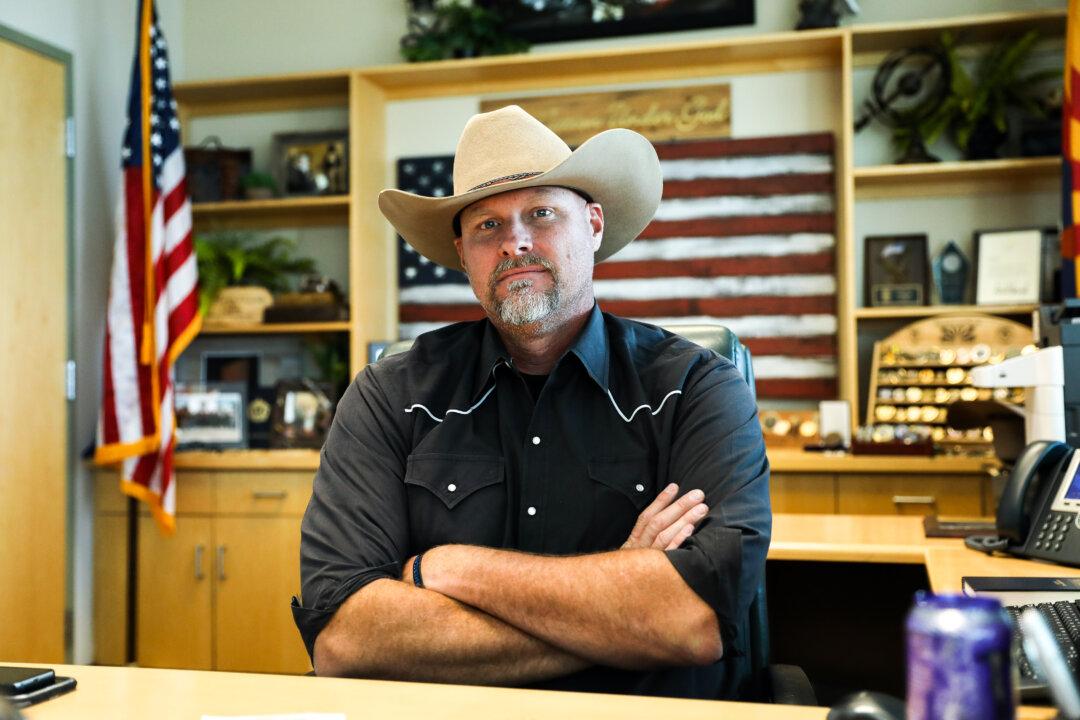PINAL COUNTY, Ariz.—If drugs aren’t stopped along the U.S.–Mexico border in Arizona’s remote desert, chances are, a large proportion will end up traveling through Pinal County on its way to Phoenix, a major trafficking hub.
Around 40 percent of illicit drugs enter the United States through Arizona, said Pinal County Sheriff Mark Lamb.





